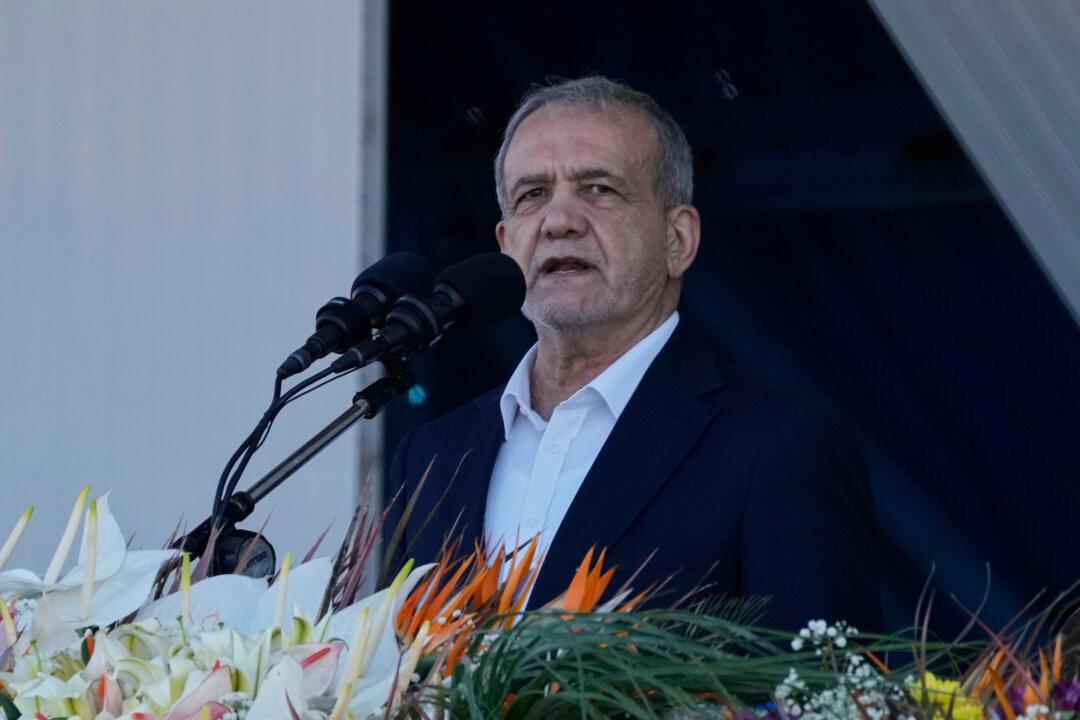Panicked Iraqi men are seen running out of a darkened corridor with their hands up as heavily armed soldiers point their flashlights at them, saying “Let’s go! Let’s go!”
This scene was captured via a Kurdish soldier’s helmet camera during a U.S.-assisted raid last week on an ISIS prison holding dozens of hostages that resulted in their rescue, but left one American special forces soldier dead.
Defense Secretary Ash Carter said on Friday he expects U.S. troops to engage in more combat operations in Iraq against ISIS, even at the risk of American deaths. “I’m absolutely prepared to do that,” he told reporters, according to a transcript of his remarks.
The death of Master Sgt. Joshua L. Wheeler, 39, was confirmed by the Department of Defense, prompting some to wonder whether the raid was an instance of “mission creep,” the undesirable expansion of a military project or mission beyond its initial goals, meaning that U.S. forces would be involved in more ground raids in Iraq. The killing of Wheeler was the first American combat death since 2011.






